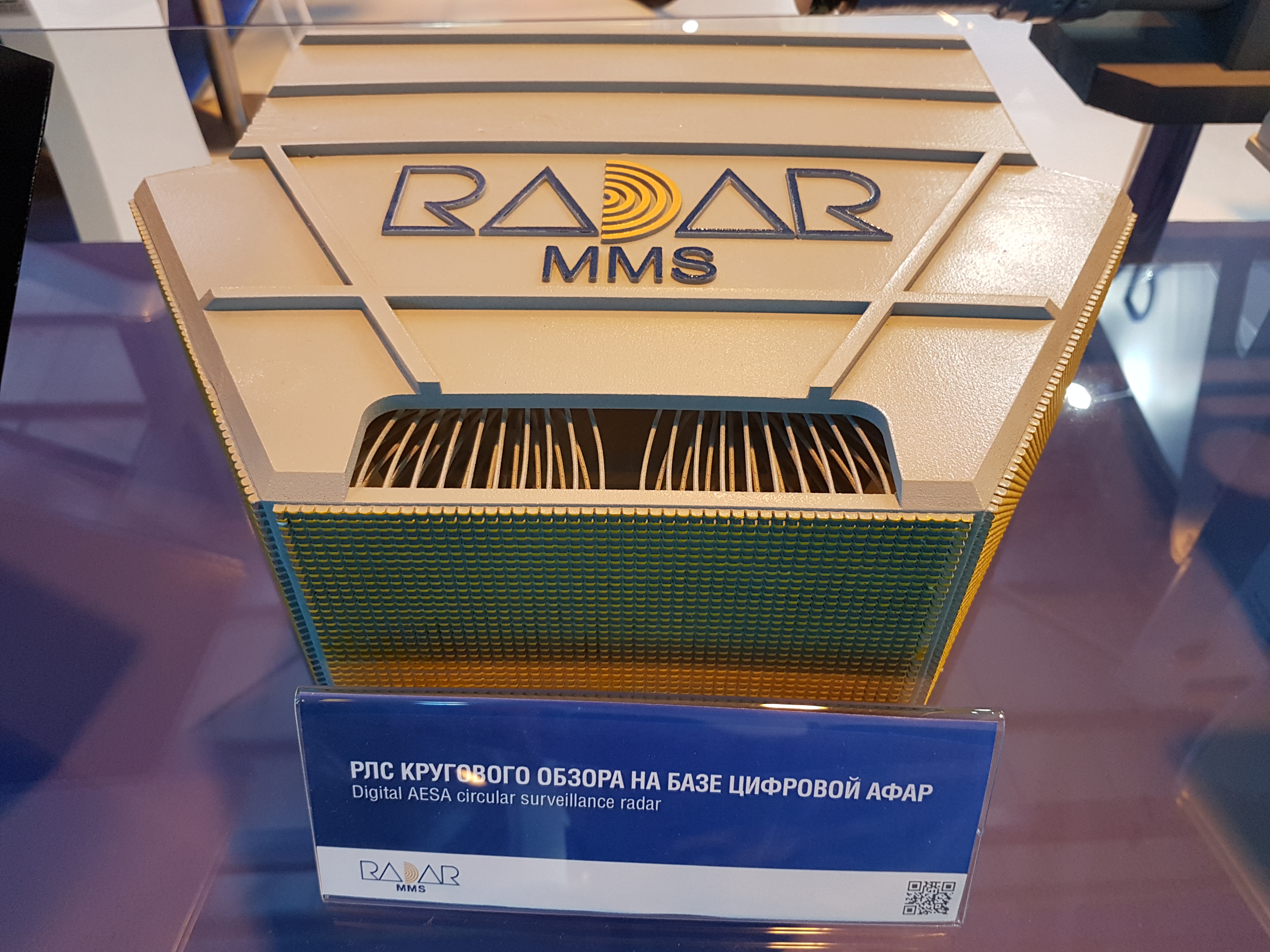In June 2017, a new unmanned BPV-500 helicopter from the production of "Radar MMS" was presented at the International Marine Saloon in Saint Petersburg. According to the statement of Ivan ANCEV, executive director of "Radar MMS", the helicopter is currently being offered, in particular, to the Defence Ministry of the Russian Federation, the Ministry of Emergency Situations, the Ministry of the Interior, the FSB and other governmental structures.
The main task of the BPV-500 is performing of search and rescue works, patrolling and surveillance of various events. It can also be used for survey of ice surfaces in arctic areas, exploring and mapping areas, which were affected by natural and other disasters, monitoring of high voltage lines, oil pipelines, gas pipelines and other pipelines, sea patrols, etc. Moreover, this unmanned helicopter can also be used for aerial strikes on ground targets.
The first design of the BPV-500 unmanned helicopter originated in 2010, but from its current design it could be differentiated by the downward V-tail surfaces while nowadays it has twin tail fins, similar to NOTAR concept. In its current form, it is a coaxial double-rotor machine with a ski landing gear and a payload of 150 kg. The "Radar MMS" company states that the helicopter is made on almost 100% of Russian components and is built on the basis of open architecture. Open architecture means versatility when installing an onboard system software that allows rapid adaptation to the various tasks the BPV-500 has to perform. Within its capacity, the BPV-500 can carry various photo and video equipment, a wide range of indicators (magnetometer, dosimeter, gas detector, etc.) as well as other special equipment (spotlights, laser scanner, hydroacoustic equipment, etc.). The BPV-500 is part of a monitoring complex that consists of a ground control station, which in its turn consists of two operator workstations (it can be located on a ship or in all-terrain vehicle - KamAZ) and a single complex with individual units for various tasks, and two BPV-500 unmanned helicopters.  The time required for putting the complex into operation is 50 minutes. The monitoring complex is equipped with an autopilot system. The main feature of this autopilot is a built-in micromechanical inertial navigation system, equipped with cooling and vibration stabilization, which performs pre-flight self-diagnostics of the helicopter's main systems. Air Traffic Safety is provided by TCAS (traffic collision avoidance system), EGPWS (enhanced ground proximity warning systems) as well as spatial navigation system without the use of GPS and GLONASS signals. The main way of deploying the BPV-500 is independent flight over a pre-programmed route, with real time corrections of the flight path by operator.
The time required for putting the complex into operation is 50 minutes. The monitoring complex is equipped with an autopilot system. The main feature of this autopilot is a built-in micromechanical inertial navigation system, equipped with cooling and vibration stabilization, which performs pre-flight self-diagnostics of the helicopter's main systems. Air Traffic Safety is provided by TCAS (traffic collision avoidance system), EGPWS (enhanced ground proximity warning systems) as well as spatial navigation system without the use of GPS and GLONASS signals. The main way of deploying the BPV-500 is independent flight over a pre-programmed route, with real time corrections of the flight path by operator.
The main advantages of the BPV-500 system are that it does not need specially prepared airstrips, it can be operated from vehicle or a small boat, it´s autonomous, provides real-time data acquisition and operator safety.
Technical specifications
Max. take-off weight: 500 kg
Max. payload: 150 kg
Max. speed: 180 km / h
Endurance: 8 hours
Range: 500 km
Operational ceiling: 4000 m
Dimensions:
Width: 1.9 m
Height: 2.85 m
Length: 6.1 m



